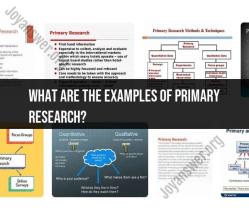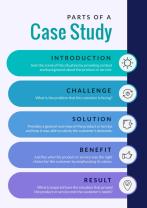How to use the template for qualitative research proposals?
Using a template for qualitative research proposals can streamline the process of creating a well-organized and comprehensive research proposal. Here are the steps to effectively use a template for your qualitative research proposal:
1. Obtain a Qualitative Research Proposal Template:
- Find or obtain a qualitative research proposal template. Templates can often be found online, provided by educational institutions, research organizations, or within your academic department.
2. Familiarize Yourself with the Template:
- Review the template thoroughly to understand its structure and sections. A typical qualitative research proposal template includes sections such as the research title, introduction, literature review, methodology, data collection and analysis methods, ethical considerations, and references.
3. Customize the Title and Header:
- Begin by replacing the placeholder title and header information with your research title, your name, the date, and any other necessary details as per the template.
4. Write the
- Follow the template's guidance for the introduction section. This is where you provide an overview of your research problem, its significance, and the purpose of your study.
5. Develop the Literature Review:
- Use the template's structure to create a comprehensive literature review section. Discuss relevant theories, previous research, and gaps in the literature that your study addresses.
6. Describe the Methodology:
- Utilize the template's framework for the methodology section. Explain your research design, data collection methods (e.g., interviews, observations, surveys), and data analysis techniques. Provide a rationale for your choices.
7. Address Ethical Considerations:
- If your template includes an ethical considerations section, use it to discuss how you plan to address ethical issues in your research, such as informed consent, confidentiality, and participant well-being.
8. Modify and Add Sections (If Needed):
- Depending on the specific requirements of your research proposal and the template you're using, you may need to add or modify sections. For instance, you might need to include a section on your research team or a timeline for your study.
9. Fill in Content:
- Start filling in the content of each section with detailed information about your research. Ensure that your research proposal aligns with your research objectives, questions, and methodology.
10. Revise and Proofread:- Carefully review your proposal to eliminate grammatical errors, clarify ideas, and improve readability. Ensure that the proposal follows the guidelines set forth by your academic institution or research organization.
11. Seek Feedback:- Before finalizing your proposal, share it with peers, advisors, or colleagues for feedback. Incorporate their suggestions to strengthen your proposal.
12. Format According to Guidelines:- Make sure your proposal adheres to any formatting guidelines provided by your institution or the research funding agency if applicable. This includes font size, margins, citation style, and page numbering.
13. Finalize and Submit:- Once you've completed and refined your qualitative research proposal using the template, save it in the required format (e.g., PDF) and submit it according to the submission guidelines or deadlines.
Remember that while templates provide a structured framework, your qualitative research proposal should reflect the unique aspects of your study. Customize and tailor the template to meet the specific requirements and objectives of your research project.













